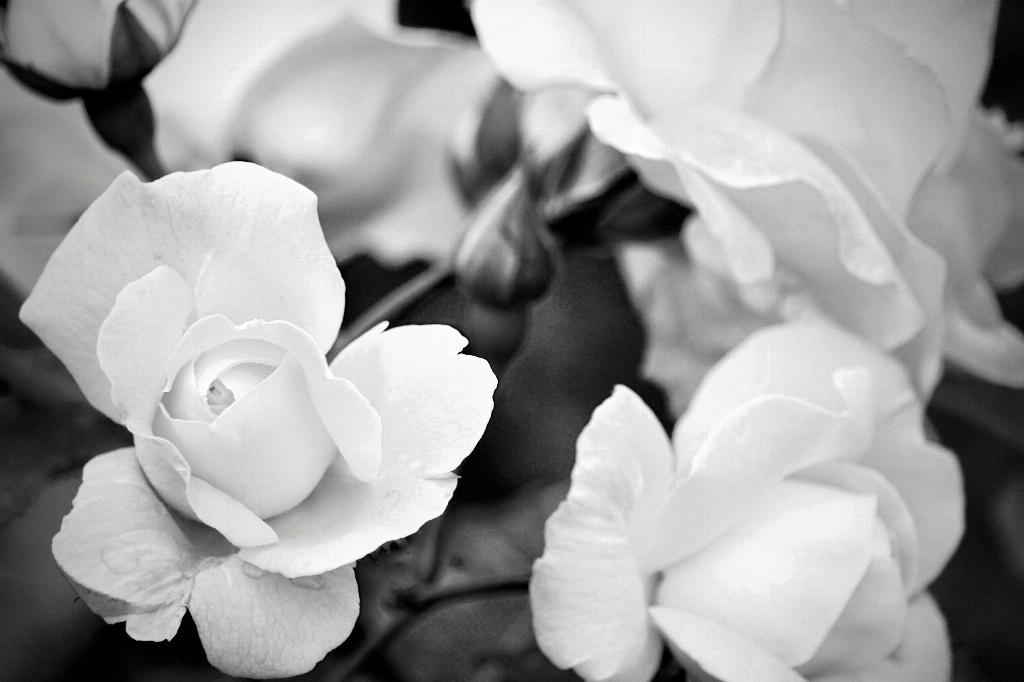When your beloved gardenia starts showing signs of distress, it can be disheartening. The lush green leaves turning brown or wilting indicate that something is amiss with your plant. Let’s delve into some common reasons why your gardenia may be struggling and how you can help revive it.
Inadequate Soil pH
Gardenias are finicky about their soil pH, preferring acidic conditions between 5.0 and 6.0. If the soil pH is too high, it can lead to nutrient deficiencies in the plant, causing the leaves to brown and wilt. Testing the soil pH and amending it with sulfur or acidic fertilizers can help create a more suitable environment for your gardenia to thrive.
Pest Infestations
Pests like aphids, scales, spider mites, and diseases such as powdery mildew, leaf spot, and sooty mold can wreak havoc on gardenia leaves, causing them to brown and wilt. Regularly inspecting your plant for signs of pest infestations and promptly treating them with organic insecticidal soap or neem oil can help prevent further damage to your gardenia.
Improper Watering
Overwatering or underwatering your gardenia can also lead to leaf browning and wilting. Gardenias prefer consistently moist but well-draining soil. Ensure you water your plant when the top inch of soil feels dry to the touch, and avoid allowing the roots to sit in water, as this can lead to root rot and subsequent decline in plant health.
Insufficient Light
Gardenias thrive in bright, indirect light. If your plant is not receiving adequate light, the leaves may start to brown and wilt. Consider moving your gardenia to a location with more sunlight or supplementing with grow lights to provide the necessary light levels for healthy growth.
Nutrient Deficiency
A lack of essential nutrients, such as nitrogen, iron, or magnesium, can manifest as leaf discoloration and wilting in gardenias. Fertilize your plant with a balanced, acidic fertilizer formulated for acid-loving plants to replenish any missing nutrients and promote overall plant health.
Root Bound
If your gardenia has been in the same pot for an extended period, its roots may become root bound, restricting the plant’s ability to uptake water and nutrients. Repot your gardenia into a slightly larger container with fresh, well-draining soil to allow the roots to spread out and support the plant’s growth.
Environmental Stress
Fluctuations in temperature, humidity levels, or exposure to drafts can stress gardenias, leading to leaf browning and wilting. Try to maintain consistent growing conditions for your plant, avoiding sudden changes that can shock the plant and impact its overall health.
Improper Pruning
Incorrect pruning techniques, such as cutting off too much foliage or shaping the plant at the wrong time, can stress your gardenia and cause leaf browning and wilting. Always use clean, sharp tools and prune your gardenia after it has finished blooming to encourage healthy growth and prevent unnecessary stress.
Improper Feeding
Overfeeding your gardenia with high-nitrogen fertilizers can lead to leaf burn and browning. Follow the recommended feeding schedule for your plant, using a balanced, acidic fertilizer to prevent nutrient imbalances and promote lush, green foliage.
Disease Susceptibility
Gardenias are susceptible to various diseases, such as root rot, botrytis, and fungal leaf spots, which can result in leaf browning and wilting. Keep your plant healthy by practicing good sanitation, ensuring proper air circulation, and avoiding overhead watering to minimize the risk of disease development.
Conclusion
Keeping your gardenia healthy and thriving requires careful attention to its specific needs, including soil pH, watering, light levels, nutrition, and environmental conditions. By identifying the underlying cause of your gardenia’s decline and implementing the appropriate corrective measures, you can help rejuvenate your plant and enjoy its beautiful foliage and fragrant blooms once again.

